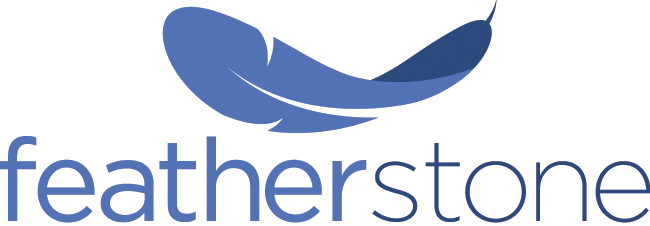From Melinda May, CPA | Featherstone
Under the TCJA, equipment expensing permitted by Section 179 of the tax code was expanded. In 2018, your business can take a first-year deduction of up to $1 million worth of equipment purchases. You might buy, say, $400,000 worth of equipment and deduct $400,000 from your company’s profits this year. Without the Section 179 tax break, that $400,000 tax deduction would be spread over multiple years.
New and used equipment that is bought or leased can qualify for first-year expensing. The equipment must be placed in service by December 31 to earn a 2018 deduction. For this purpose, the date you pay for the equipment doesn’t matter.
Section 179 is meant to benefit smaller companies, not giant corporations. Therefore, this tax break phases out, dollar for dollar, at $2.5 million of outlays in 2018.
Example 1: ABC Corp. buys $2.8 million of equipment in 2018. That’s $300,000 over the $2.5 million limit for expensing this year. Consequently, ABC’s Section 179 deduction is reduced by $300,000, from the $1 million ceiling, to $700,000. After taking a $700,000 deduction under Section 179, the remaining $2.1 million of ABC’s equipment purchases must be depreciated under other tax code rules.
Bonus depreciation
The TCJA also expanded the use of “bonus” depreciation: first-year deductions for equipment expenditures that don’t qualify for Section 179 expensing. Prior law allowed for 50% bonus depreciation, but that has been increased to 100% deductions in the year of acquisition.
Certain equipment is excluded from bonus depreciation, but most of the items you use in your business probably will qualify. Indeed, bonus depreciation now applies to some used equipment, as well, whereas only new equipment qualified in the past. Again, exceptions apply, but 100% tax deductions probably will be available for items that have not been used by your company in the past and have not been acquired from a related party.
Acting by year-end may lock in substantial depreciation deductions for this year. You even may be able to use bonus depreciation deductions that exceed business income to reduce your personal income tax bill for 2018.
Sport-utility vehicles
For more than a decade, large passenger autos defined as sport-utility vehicles have faced a $25,000 cap in regard to Section 179 expensing.
Example 2: Jerry Miller bought an SUV for $60,000 in 2017 and used it 100% for business. Jerry was entitled to a $25,000 deduction under Section 179. The remaining $35,000 qualified for 50% bonus depreciation, so Jerry’s 2017 deduction was $42,500. The other $17,500 had to be depreciated over a longer time.
The new law appears to improve the tax treatment of SUVs.
Example 3: Suppose Jerry Miller’s partner, Nancy Owens, buys a $70,000 SUV in 2018 and uses it solely for business. She’ll still face a $25,000 limit on Section 179 expensing, but the other $45,000 can qualify for 100% bonus depreciation in 2018, generating a full $70,000 deduction for this year.
Certain conditions will affect the amount of the deduction, including the extent of business use. For any vehicle that you use fully or partially for business, keep a careful log to support any tax benefits you claim.
Changing times
For business owners, this first year-end tax planning opportunity under the TCJA of 2017 may be a time to reconsider how the company is structured. Broadly, your choice is between operating as a regular C corporation or as a flow-through entity, such as an S corporation or a limited liability company.
The new tax law lowered the corporate income tax, which has been set at a relatively attractive flat 21% rate. However, C corporations still impose two levels of tax: the corporate income tax plus personal tax paid by company owners. Dividends are not tax deductible, so business owners effectively pay double tax on dividends received.
Flow-through entities may qualify for a newly enacted 20% deduction on qualified business income (QBI).
Example 4: Carol Lawson owns 100% of CL Inc., which is an S corporation engaged in manufacturing. In 2018, she expects her company to pass through about $100,000 of income to her. Thanks to a 20% ($20,000) QBI deduction, only $80,000 of that $100,000 will count as income on Carol’s personal tax return.
The QBI deduction tilts the scale towards choosing a pass-through entity. However, a successful small company might pass through large amounts of money to owners, and there are rules that limit the amount of QBI for certain high-income taxpayers. Also note that even a 20% QBI deduction for someone in the top 37% personal income tax bracket would effectively leave that income taxed at 29.6% (80% of 37%), higher than the corporate income tax rate.
Our office can review your specific situation and help you compare the tax treatment you’d face with different business entities. In some cases, a small business that distributes most or all of its income to shareholders as dividends may do well to avoid the double taxation that C corporations generate.
Featherstone LLC provides Tax Planning & Preparation, Accounting and CFO Consulting. Please contact the company by email at [email protected] or by calling 540-227-4321. 

Recent Comments